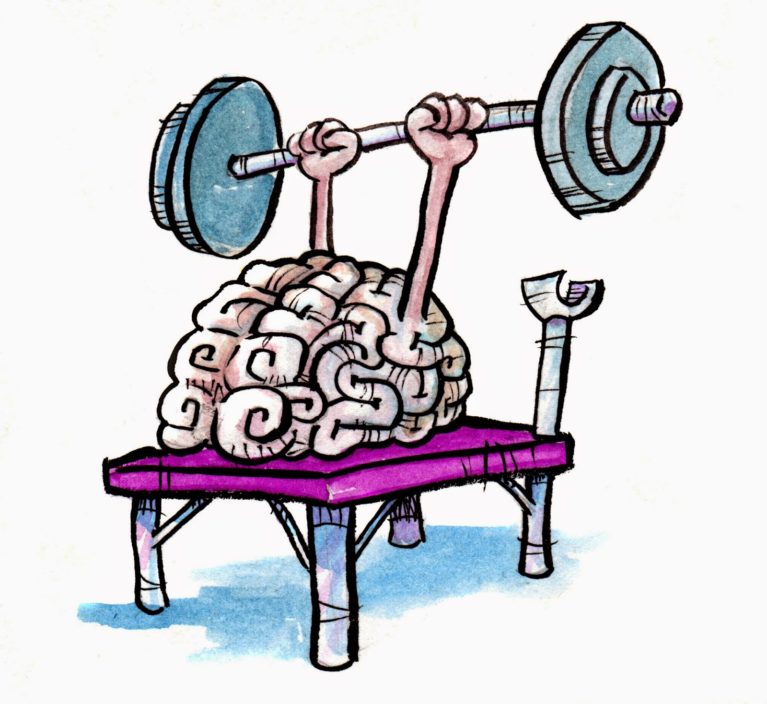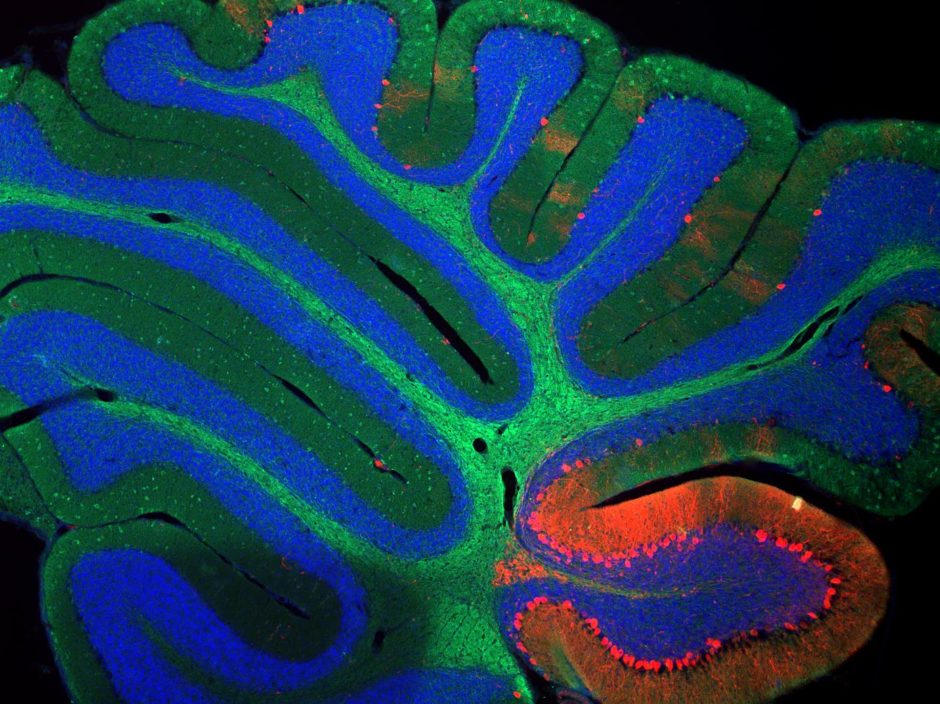Your brain is not a computer…or is it?
In the last decades, neuroscientists have discovered some pretty amazing things about how living brains process information and help their hosts succeed in their environments. Neurologists are able to report with some certainty that there are understandable and logical processes at play as we interact with and adapt to our environment. In fact, it appears that our biological brains may be nothing more than ultra-sophisticated pattern recognition and response systems. Albeit the most richly interconnected, complicated, and capable pattern recognition systems in the known universe. There is undoubtedly a lot to learn about exactly how our brains work and how these operational principles may potentially explain how we behave. There can also be no doubt that we are now in the early stages of being able to literally “see” what’s going on as a living brain goes about the business of running the body it occupies. Like it or not…there is already strong evidence for the pattern recognition argument.
Regardless of your philosophical perspective, this way of looking at brain function has tremendous practical advantages if you are interested in developing your ability to respond to specific challenges under pressure and perform at your peak when the chips are down.
Somewhat ironically, some key insights regarding signal processing in the brain were discovered by computer scientists. These mathematicians and engineers have worked closely together with their neuroscience counterparts in the last decade in an effort to discover exactly what is happening, neuron by neuron, as the brain recognizes and respond to patterns that it perceives in the environment. The science of machine learning leans heavily on what neuroscientists have been able to learn by studying the pattern recognition and signal processing architecture of biological brains and its architecture to create artificial neural network in the laboratory. The way these networks represent perceptions and respond to them is a vastly scaled down analog of what they observe happening in living brains. By recreating the interconnectivity and signal response patterns found in the brain they have also recreated, again at a vastly reduced scale, systems that learn and adapt from experience as opposed to being programmed rigorously in advance.
One key aspect that allows neural networks large and small to process and respond to signals efficiently is the way that any given signal is represented in the brain as neural activity. A critical part of understanding how your brain responds to challenges is to understand that all signals are represented in the brain as distinct patterns of neural activity. Specifically, these have been called Sparse Distributed Representations or SDR for short.
In an SDR, a relatively small number the neurons are active during the perception or processing of any given signal. These neurons are also widely distributed throughout the responsible regions of the brain. In other words, any signal can be represented in the brain as a relatively sparse pattern of neuronal activity spread out across the otherwise quiet neocortex. Your neocortex is the part of your brain responsible for higher functions like sensing, thinking, decision making, and movement, and it contains about 20 billion neurons (quadruple that to include the rest of the brain). It alone has capacity to represent a nearly limitless number of different perceptions, experiences, and responses as these sparse patterns of neuron activity.
There are great resources available for those interested in brushing up on the latest scientific insights regarding the signal processing logic of the brain. Jeff Hawkin’s team at Numenta, V.S. Ramachandran at UC San Diego, the neurology department of Christof Koch at the Allen Institute in Seattle, and Dr. Giulio Tononi’s ground breaking work on the NCC at the University of Wisconsin are just a few of the tremendous information resources nerds can easily dig up on the internet.
What does this mean from a practical point of view, particularly through the eyes of an elite performer looking for an edge? If you understand the underlying mechanisms at play as you focus, respond, get distracted, win, lose, learn, and adapt, you can proactively adjust your behavior and carefully tune its impact on your performance, using evidence! You will also realize that the development of many different skills follow very similar process of pattern recognition and response. Becoming expert with that process shortens the path from beginner to master in almost any endeavor. If you intuitively understand the nature of the pattern recognition process your brain goes through each time it works to recognize and react to a pattern of activity it perceives in the outside world.
That’s why we recommend that you…become a nerd. Learn what you can about how brains (yep…all of em, not just yours) actually work and discover what this infers about the best practices for teaching your brain to serve its purpose with passion and help you perform at your peak under pressure.
It turns out your brain is much more than a computer. It is, in fact, the most powerful Learning Machine in the know universe. More importantly you can train and tune it up all by yourself. You already do this everyday with or without your direct intent. If you know what you’re doing and have a good framework for mental skill development, you will be amazed at your ability to improve your mental focus, reduce your accumulated stress, and perform to your full potential when the pressure is on.



Leave a comment